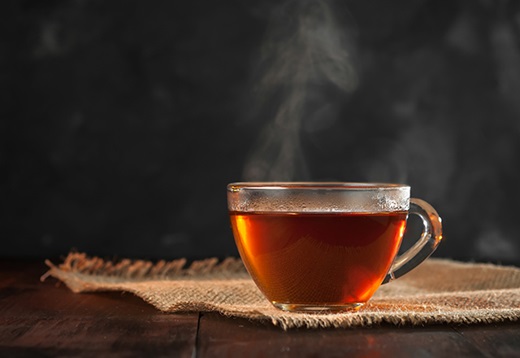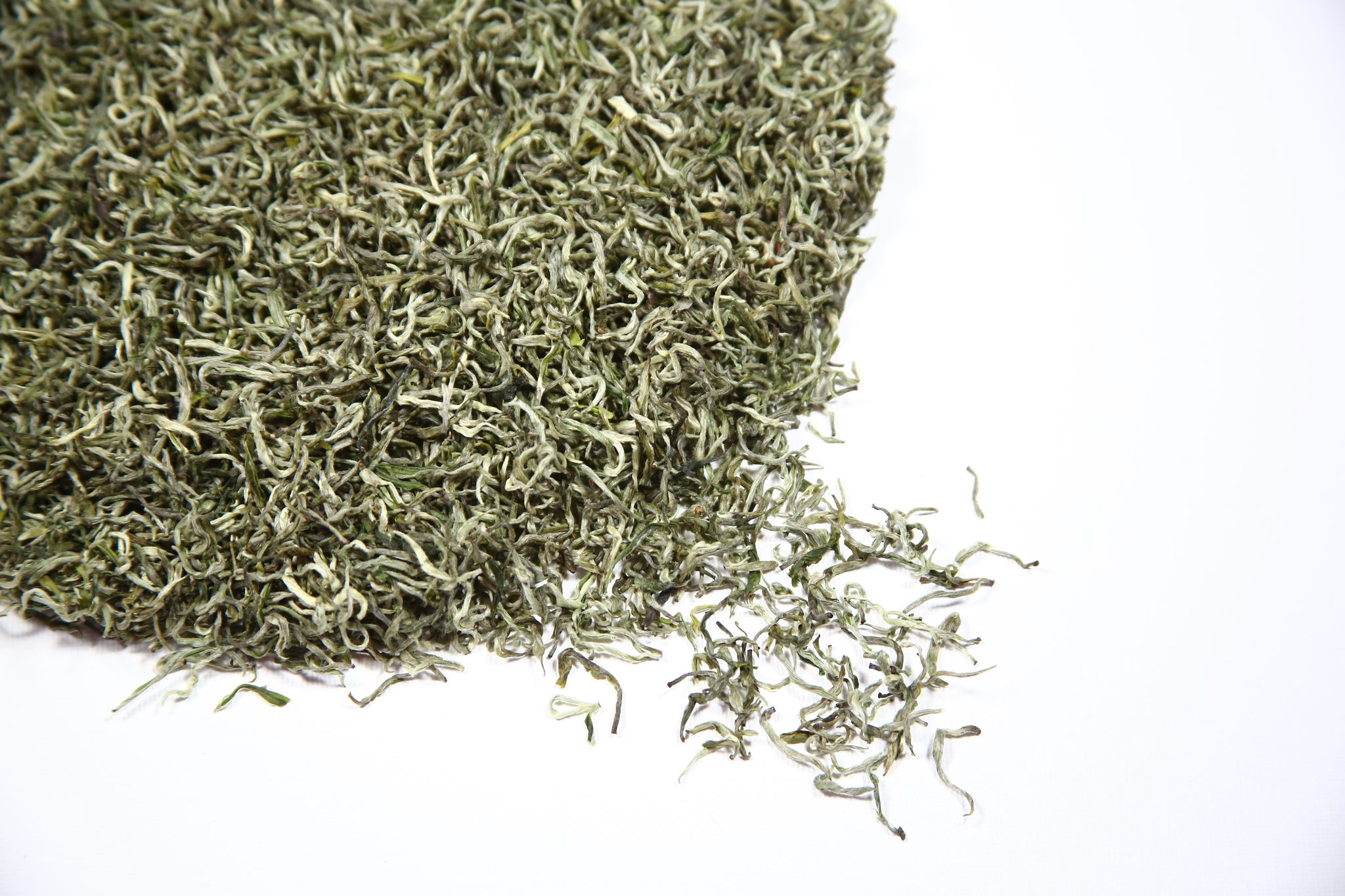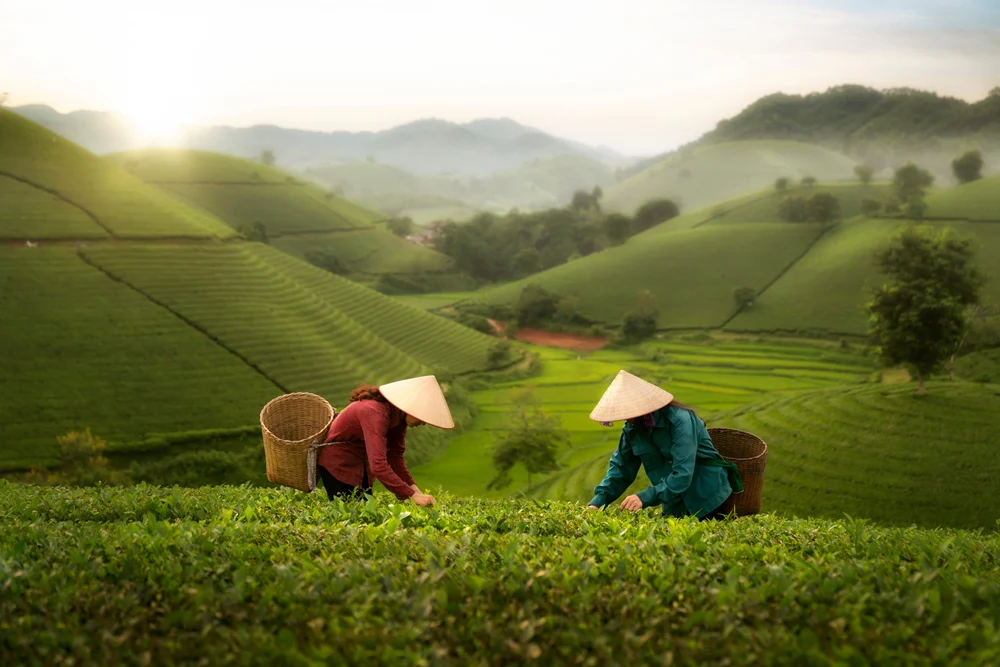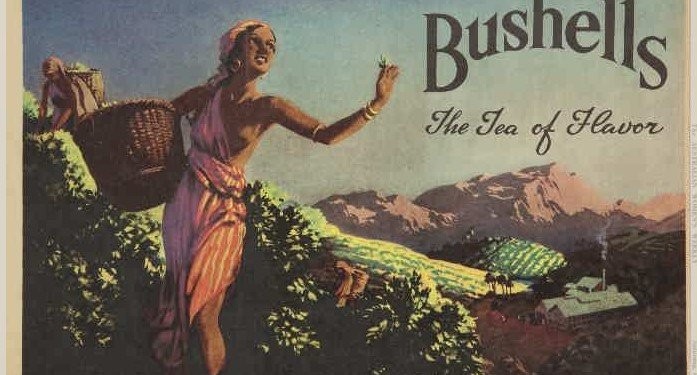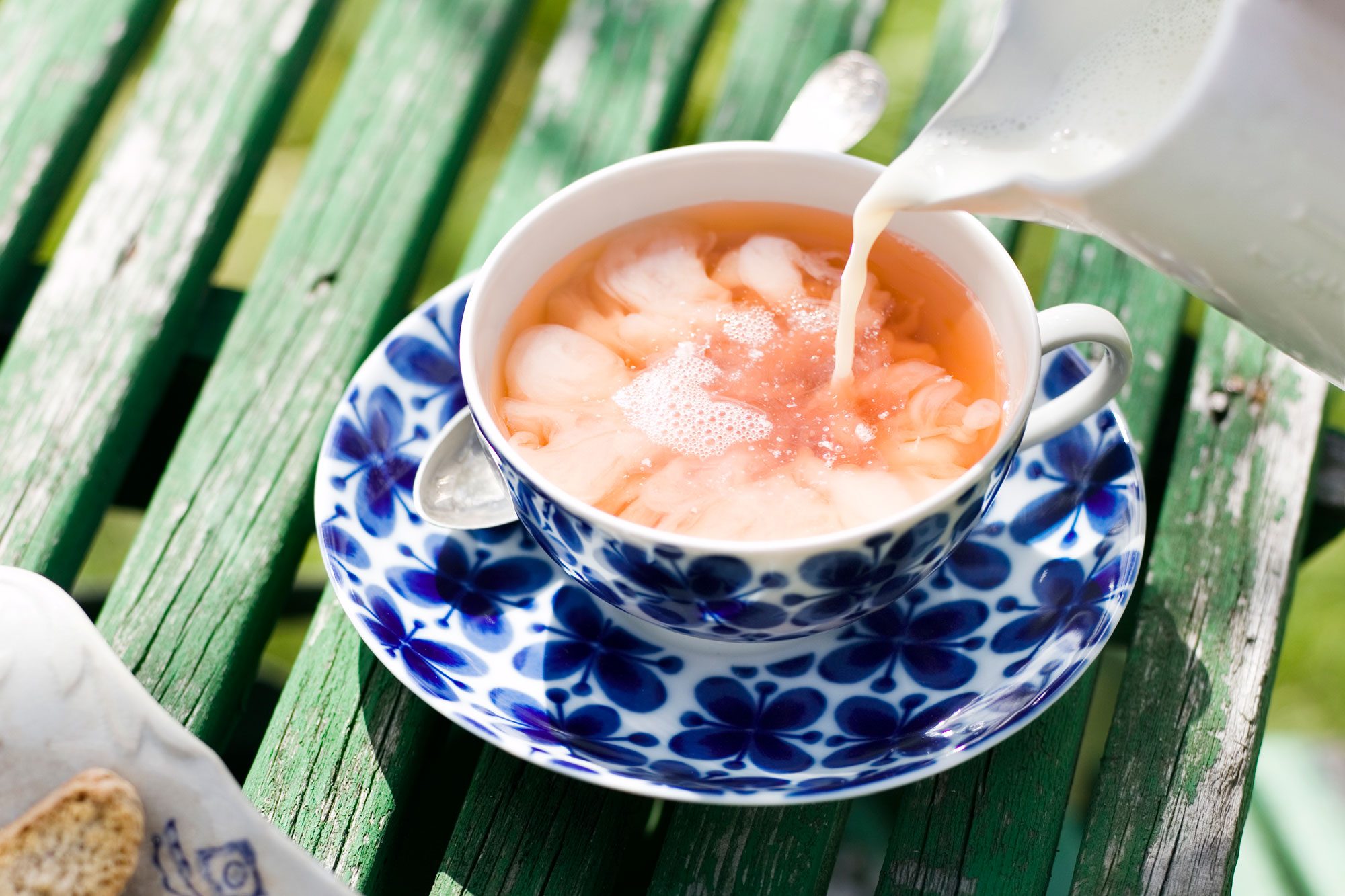The Fascinating Journey of Black Tea: From Accident to Global Icon
Black tea, a staple in beverages worldwide, originated from an unexpected mishap in China during the late Ming and early Qing Dynasties. A serendipitous discovery led to a drink that transcends borders, evolving into a symbol of culture, leisure, and international commerce. Here’s a deep dive into the history, preparation, and varieties of black tea.
A Fortunate Accident
The birth of black tea occurred in Tongmu Village, Wuyi, Fujian. Soldiers camped in a tea factory, inadvertently pressing and heating tea leaves. The resulting tea had a smoky aroma and was initially dismissed as a failure. However, its rich flavor gained popularity abroad, especially in Europe, where it became a coveted luxury. By the Qing Dynasty, black tea was a major export, shaping trade relations between China and the West.
Black Tea’s Global Spread
Initially introduced to Europe by the Dutch East India Company, black tea became a symbol of sophistication and health. The British, despite high prices, embraced tea culture, eventually cultivating their own tea plantations in colonies like India and Ceylon. By the 19th century, black tea was integral to Russian, French, and Indian cultures, each adapting it uniquely:
- Russia: Strong black tea, often sweetened with jam or enhanced with lemon and brandy.
- France: A leisurely ritual with milk, sugar, or eggs, paired with pastries.
- India: The iconic “Masala Chai,” blending black tea with milk, cloves, and cardamom.
Innovations and Blends
Thomas Twinings revolutionized black tea with blended varieties, ensuring consistent quality and taste. Meanwhile, Lipton’s marketing genius made black tea accessible to broader markets, even through clever stunts like branding tea crates destined for the Arabian Peninsula.
Types of Black Tea
Black tea varies by processing methods and regions, each offering unique flavors and aromas:
- Souchong Black Tea (Lapsang Souchong):
- Origin: Wuyi Mountain, Fujian.
- Aroma: Smoky pine with notes of longan.
- Unique Process: Smoked with pinewood for a distinct fragrance.
- Gongfu Black Tea:
- Origin: Various regions in China.
- Aroma: Elegant and robust.
- Production: Labor-intensive rolling and fermentation ensure premium quality.
- CTC (Crush, Tear, Curl):
- Purpose: Primarily used in tea bags and milk tea.
- Features: Mechanically processed for consistent granules.
- Jin Junmei:
- Origin: Wuyi Mountain, Fujian.
- Aroma: Complex and interwoven.
- Features: Premium tea from high-altitude tea buds, with a golden-yellow hue.
- Tanyang Kungfu:
- Origin: Fu’an, Fujian.
- Aroma: Subtle and refined.
- History: A key export during the Qing Dynasty, favored by British royalty.
Health Benefits and Considerations
- Benefits: Black tea’s theaflavins and thearubigins contribute to heart health, digestion, and relaxation of blood vessels.
- Caution: Overconsumption can cause irritation, especially in hot climates or for those prone to “heat” conditions.
Cultural Legacy
Black tea is more than a beverage—it’s a cultural connector. From its accidental origins to its intricate preparation methods and global adaptations, black tea tells a story of innovation, trade, and tradition. Whether enjoyed as a strong Russian brew, creamy Indian chai, or smoky Lapsang Souchong, black tea continues to delight and unite tea lovers worldwide.
